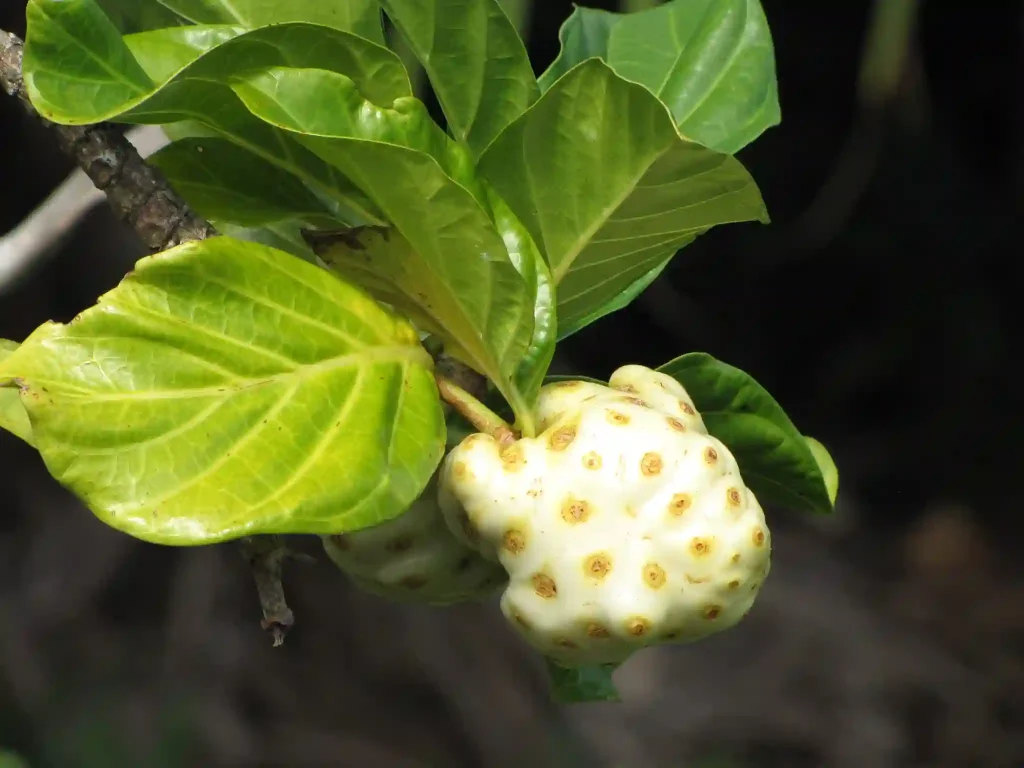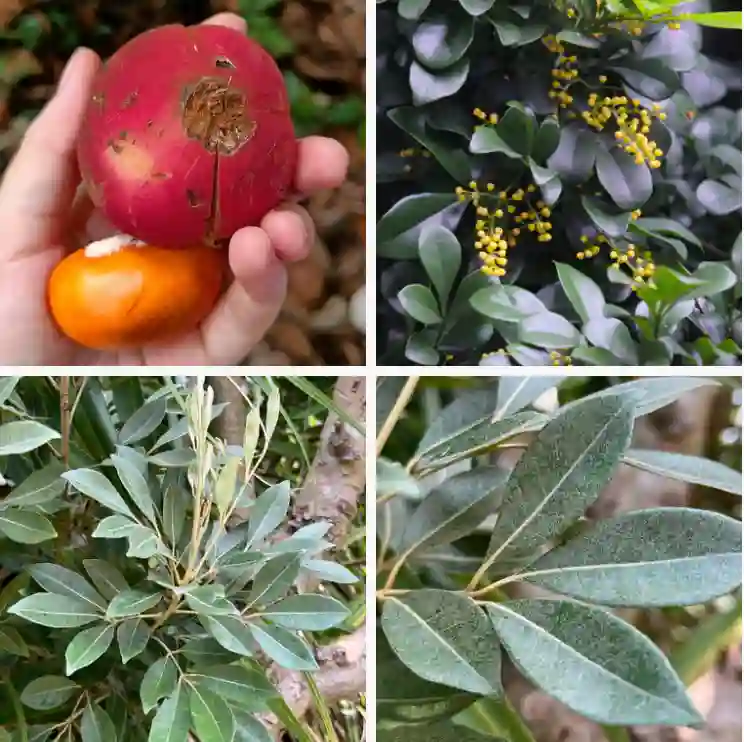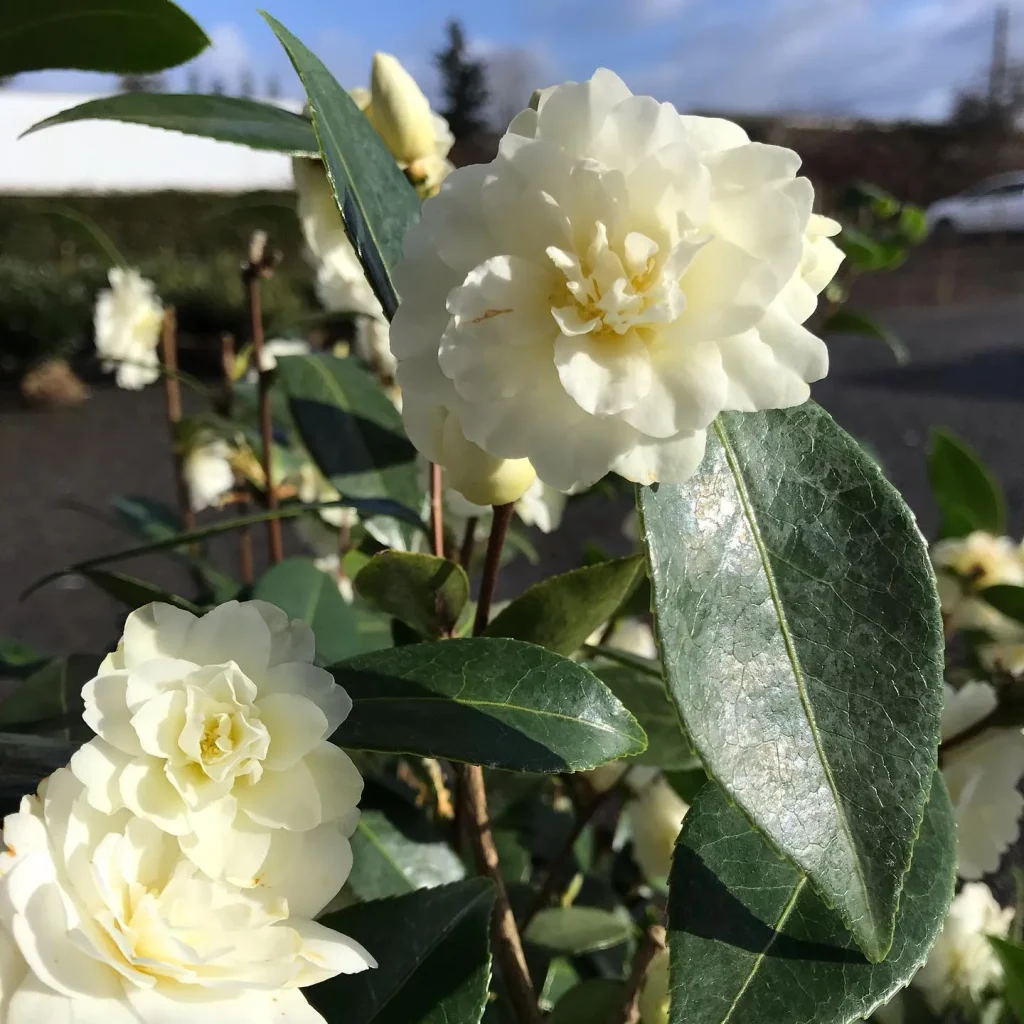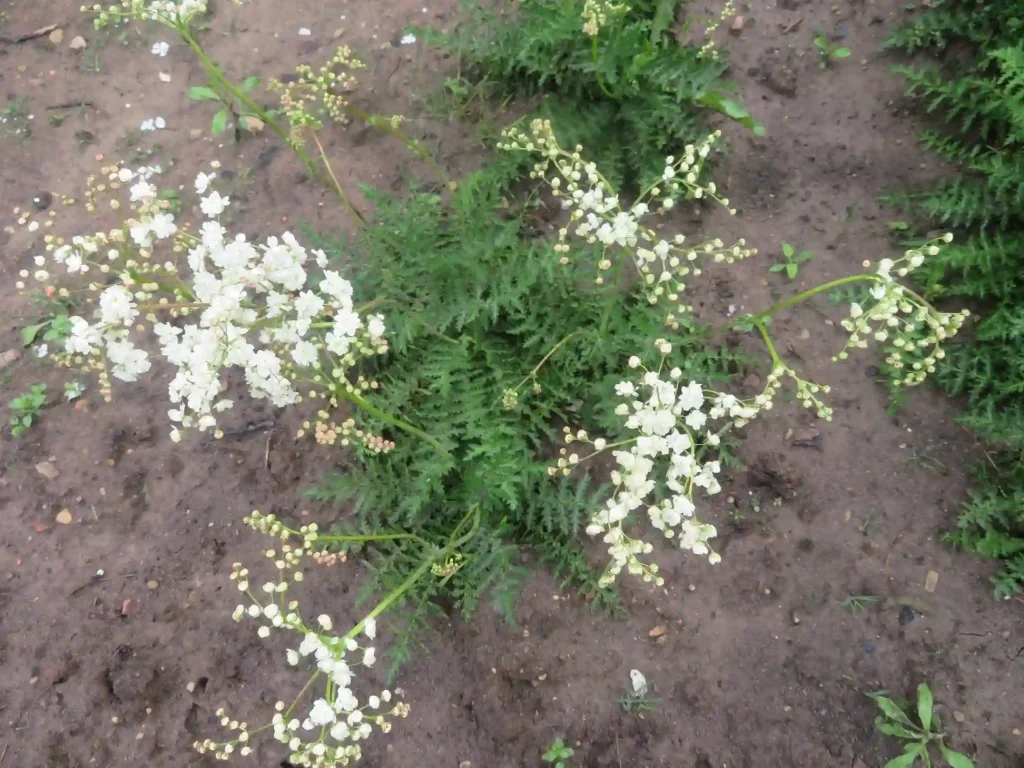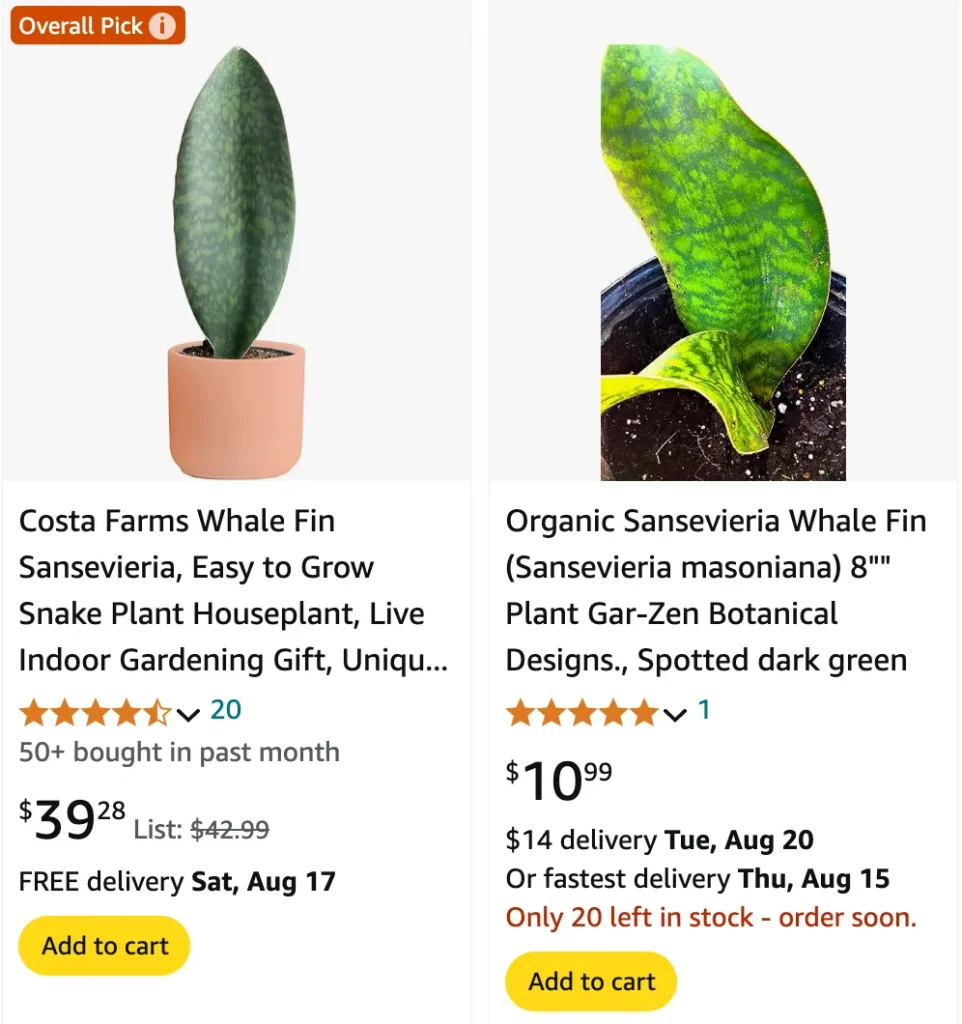
FAQs About the Whale Fin Plant: My Personal Guide
As someone who’s spent years nurturing various houseplants, the Whale Fin Plant, also known as the Whale Fin Snake Plant, stands out as one of my favorites. Its striking appearance and minimal care requirements make it a must-have for any plant enthusiast. Here, I’ll share my experiences and answer some frequently asked questions about the Whale Fin Plant.
What is a Whale Fin Plant?
The Whale Fin Plant, scientifically known as Sansevieria Masoniana, is a unique variety of snake plant with broad, paddle-shaped leaves. These leaves can reach an impressive size, often resembling a whale’s fin—hence the name. The Whale Fin Snake Plant is not only eye-catching but also incredibly resilient, making it perfect for both beginners and seasoned plant lovers.
Whale Fin Plant Care: How Do I Take Care of My Whale Fin Plant?
Taking care of a Whale Fin Plant is surprisingly easy. It thrives on neglect, which is one of the reasons I love it. Here’s what I’ve learned over the years:
- Light: The Whale Fin Plant can tolerate low light but thrives in bright, indirect light. I’ve noticed that mine grows faster and looks healthier when placed near a window with filtered sunlight.
- Water: Less is more when it comes to watering. I usually water mine once every three weeks, allowing the soil to dry out completely between waterings. Overwatering can lead to root rot, so be cautious.
- Soil: A well-draining soil mix is essential. I use a cactus or succulent mix, which works perfectly for my Whale Fin Snake Plant.
- Temperature: It prefers warm temperatures, ideally between 60-85°F (16-29°C). Avoid placing it in cold drafts or near heaters.
How Big Do Whale Fin Plants Get?
A Full-Grown Whale Fin Plant can reach up to 3-4 feet in height. Mine has grown to about 3 feet over the years, and its leaves are nearly 6 inches wide. The size can vary depending on the conditions you provide, but they generally grow quite large.
How Fast Do Whale Fin Plants Grow?
One of the most common questions I get is, the answer is: slowly. Whale Fin Plants are notorious for their slow growth. Don’t be discouraged if you don’t see much change over a few months. Patience is key. In my experience, it’s taken a few years for my plant to reach its current size.
Why Are Whale Fin Plants So Expensive?
If you’ve ever shopped for a Whale Fin Snake Plant, you’ve probably noticed the hefty price tag. There are a few reasons for this:
- Rarity: Whale Fin Plants aren’t as commonly available as other snake plant varieties.
- Slow Growth: Because they grow so slowly, it takes a long time for nurseries to produce mature plants, driving up the cost.
- Demand: Their unique appearance makes them highly sought after by collectors, further increasing their price.
How to Propagate Whale Fin Plant?
Propagating a Whale Fin Plant is a bit tricky due to its slow growth, but it’s definitely possible. Here’s how I’ve done it:
- Leaf Cuttings: Cut a healthy leaf near the base and let it callous over for a few days.
- Planting: Place the calloused end in well-draining soil. Water sparingly until you see new growth, which can take several weeks or even months.
- Patience: Propagation takes time. It can be several months before you see any new growth, so don’t lose hope.
What Are the Benefits of a Whale Fin Plant?
The Whale Fin Plant isn’t just a pretty face; it offers several benefits:
- Air Purification: Like other snake plants, it helps filter indoor air, removing toxins such as formaldehyde and benzene.
- Low Maintenance: It requires minimal care, making it ideal for busy lifestyles.
- Aesthetic Appeal: Its unique, sculptural leaves add a touch of elegance to any space.
Whale Fin Plant Curling: What’s Wrong with My Plant?
If you notice your Whale Fin Plant Curling, it could be a sign of stress. I’ve found that the most common causes are:
- Underwatering: If the leaves start to curl, it might be thirsty. Ensure you’re watering it enough, but not too much.
- Low Humidity: Although it’s a tough plant, it still prefers some humidity. If your home is very dry, consider misting it occasionally.
What About a Whale Fin Plant Flower?
Yes, Whale Fin Plants can flower, though it’s rare. I was lucky enough to see mine bloom last year. The flowers are small, white, and fragrant, usually appearing on a tall spike. It’s a special treat, but don’t worry if yours never flowers—it’s not a reflection of your care.
Repotting Whale Fin Plant: When and How?
I typically repot my Whale Fin Plant every two to three years or when it outgrows its pot. Here’s how I do it:
- Choose a slightly larger pot with good drainage.
- Use a well-draining soil mix similar to what you used originally.
- Be gentle with the roots and avoid overwatering after repotting.
Is the Whale Fin Plant Toxic?
Yes, the Whale Fin Plant is toxic to pets and humans if ingested. I keep mine out of reach of my curious pets to avoid any accidents.
Variegated Whale Fin Snake Plant: A Unique Variant
The Variegated Whale Fin Snake Plant is a rare and highly coveted version of the regular Whale Fin Plant. Its leaves have striking patterns of green, white, and yellow, making it even more desirable. If you’re lucky enough to find one, expect to pay a premium price due to its rarity and beauty.
Whale Fin Plant Soil: What’s the Best Mix?
As I mentioned earlier, a well-draining soil mix is crucial. I prefer using a cactus or succulent mix, which provides the right balance of drainage and nutrients. You can also add some perlite to improve aeration.
Whale Fin Plant Toxic: Keep It Safe
As a reminder, the Whale Fin Plant is toxic, so if you have pets or small children, take precautions to keep it out of reach.
How to Ensure Your Whale Fin Plant Thrives?
In summary, the Whale Fin Plant is a stunning and low-maintenance addition to any plant collection. With the right care—proper light, minimal watering, and the right soil—you’ll enjoy this plant for years to come. Whether you’re a seasoned plant parent or a beginner, the Whale Fin Plant is a rewarding choice that’s well worth the investment.
If i die, water my plants!
